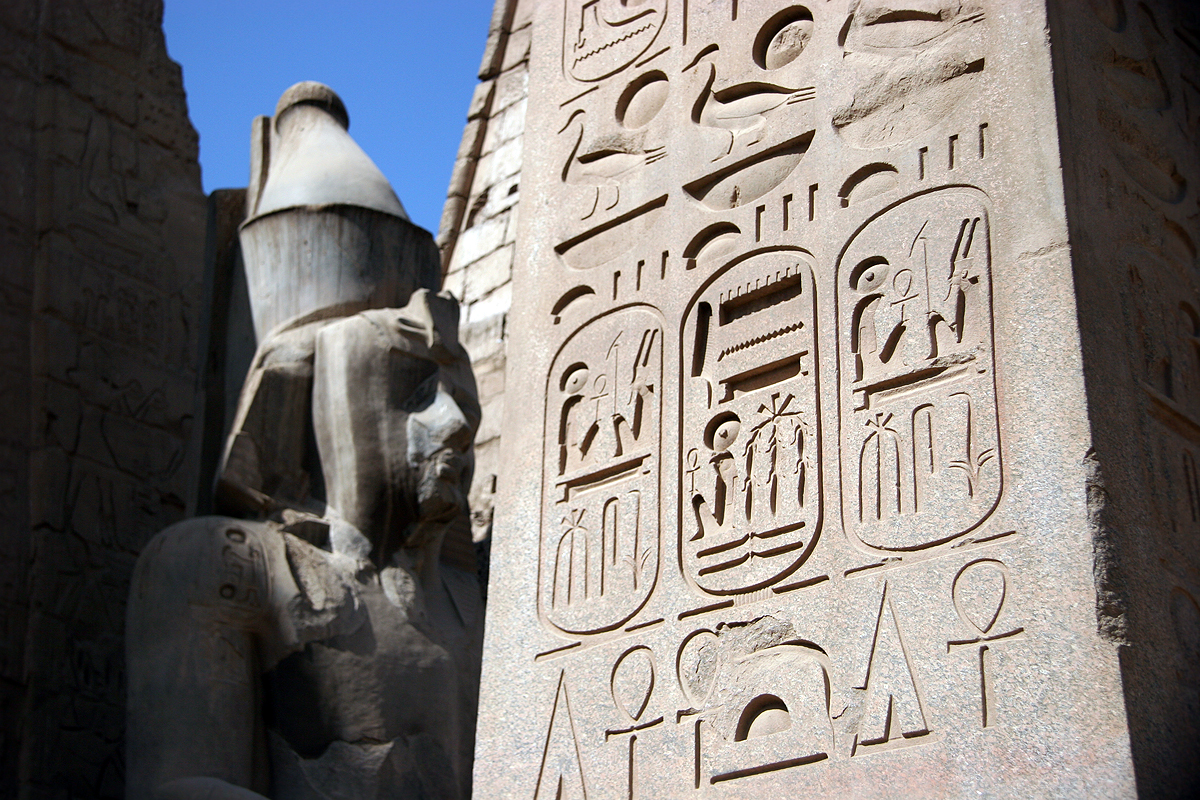
Ancient Egyptian literature
Ancient Egyptian literature was written with the Egyptian language from ancient Egypt's pharaonic period until the end of Roman domination. It represents the oldest corpus of Egyptian literature. Along with Sumerian literature, it is considered the world's earliest literature.[1]
Writing in ancient Egypt—both hieroglyphic and hieratic—first appeared in the late 4th millennium BC during the late phase of predynastic Egypt. By the Old Kingdom (26th century BC to 22nd century BC), literary works included funerary texts, epistles and letters, hymns and poems, and commemorative autobiographical texts recounting the careers of prominent administrative officials. It was not until the early Middle Kingdom (21st century BC to 17th century BC) that a narrative Egyptian literature was created. This was a "media revolution" which, according to Richard B. Parkinson, was the result of the rise of an intellectual class of scribes, new cultural sensibilities about individuality, unprecedented levels of literacy, and mainstream access to written materials.[2] The creation of literature was thus an elite exercise, monopolized by a scribal class attached to government offices and the royal court of the ruling pharaoh. However, there is no full consensus among modern scholars concerning the dependence of ancient Egyptian literature on the sociopolitical order of the royal courts.
Middle Egyptian, the spoken language of the Middle Kingdom, became a classical language during the New Kingdom (16th century BC to 11th century BC), when the vernacular language known as Late Egyptian first appeared in writing. Scribes of the New Kingdom canonized and copied many literary texts written in Middle Egyptian, which remained the language used for oral readings of sacred hieroglyphic texts. Some genres of Middle Kingdom literature, such as "teachings" and fictional tales, remained popular in the New Kingdom, although the genre of prophetic texts was not revived until the Ptolemaic period (4th century BC to 1st century BC). Popular tales included the Story of Sinuhe and The Eloquent Peasant, while important teaching texts include the Instructions of Amenemhat and The Loyalist Teaching. By the New Kingdom period, the writing of commemorative graffiti on sacred temple and tomb walls flourished as a unique genre of literature, yet it employed formulaic phrases similar to other genres. The acknowledgment of rightful authorship remained important only in a few genres, while texts of the "teaching" genre were pseudonymous and falsely attributed to prominent historical figures.
Ancient Egyptian literature has been preserved on a wide variety of media. This includes papyrus scrolls and packets, limestone or ceramic ostraca, wooden writing boards, monumental stone edifices and coffins. Texts preserved and unearthed by modern archaeologists represent a small fraction of ancient Egyptian literary material. The area of the floodplain of the Nile is under-represented because the moist environment is unsuitable for the preservation of papyri and ink inscriptions. On the other hand, hidden caches of literature, buried for thousands of years, have been discovered in settlements on the dry desert margins of Egyptian civilization.